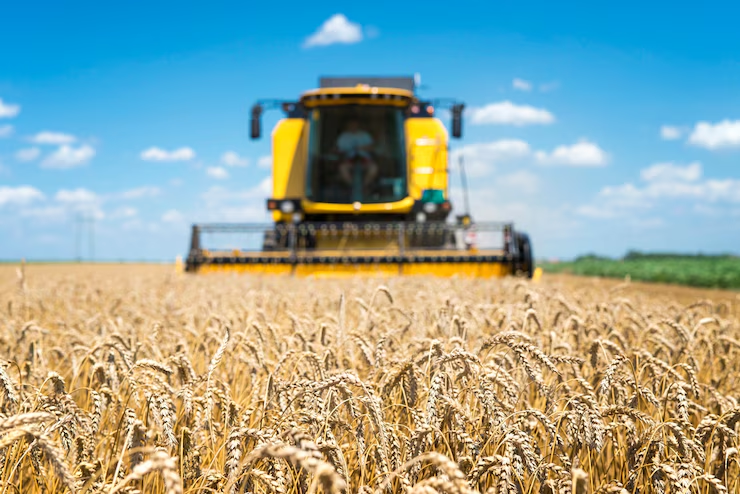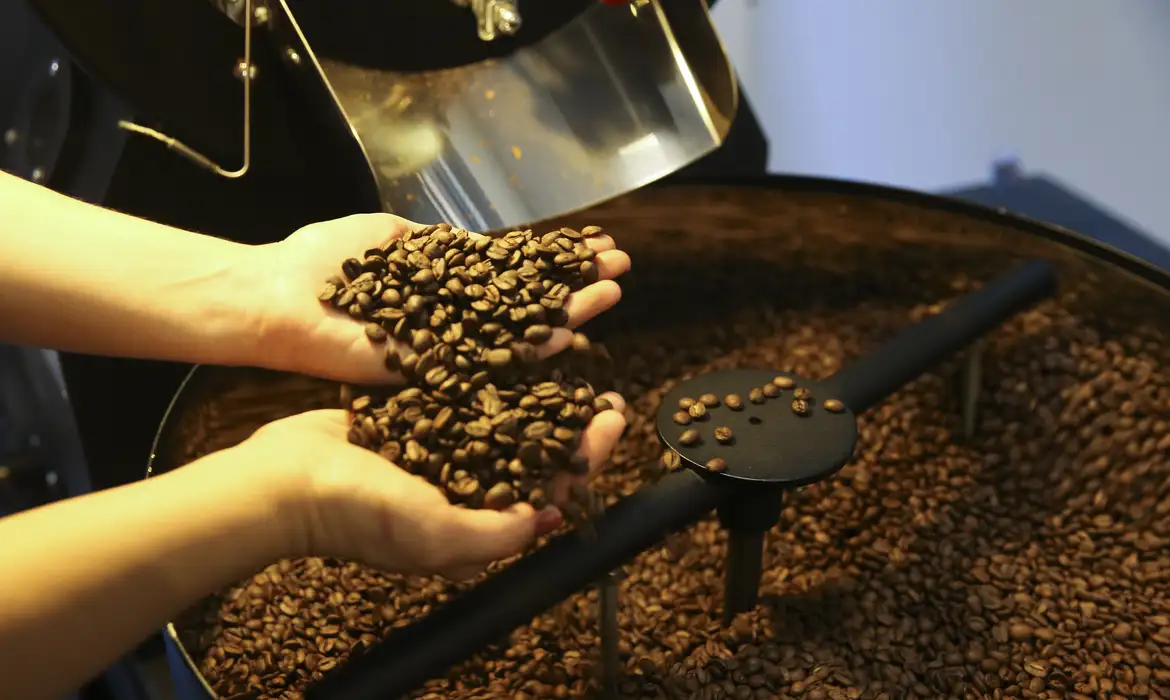Announcement of the 2023/2024 Crop Plan generates expectations in the agro

The growth in crop production reflects not only the efforts of farmers to produce more and with quality. To a certain extent, it also symbolizes the success of Plano Safra, the federal government program that provides resources to finance agricultural activity in the country. For the 2022/2023 season, the management of former President Jair Bolsonaro announced in July last year, a record amount for the program: 340.88 billion reais, a volume 36% higher than the previous Plan.
With the commitment to keep increasing production and the need for more investment in properties, the demand for agricultural credit also grows. And that is where the importance of the Crop Plan lies, fundamental to support activities in the field. Now, under PT management, the 2023/2024 Crop Plan should be released next May, according to President Lula.
The announcement raises expectations in agribusiness. One of the crops most in need of investment is beans. The area planted with legumes has fallen over the last few years. The president of the Brazilian Institute of Beans and Pulses (IBRAFE), Marcelo Lüders, believes that greater government support is needed to reverse the current situation.
“From what we have observed is that if there is no new fact __ and the new fact would be some more structured action on the part of the government stimulating small producers __ we will continue to have a decrease (planted area)”, he evaluates.
The administrator and rural producer in Ipameri-GO, Sônia Bonato, who annually produces about 1,200 tons of corn, soy and sorghum, reports the fear that the federal program for financing agricultural activity is not structured and voluminous, not meeting demand from Camp. “The fear is that there won’t be credit for everyone, that it won’t serve everyone and then the producer will have to turn around”, she points out.
With high costs and falling grain prices, the segment hopes that the new agricultural cycle will bring more stability, better profit margins and that the Crop Plan will, in fact, facilitate access to credit.
Outlook for the 2023-2024 harvest
Brasil 61 spoke with specialists from five of the country’s main agricultural crops: soy, corn, rice, beans and wheat, to outline a brief overview of the next season. The analysis begins with soy. Brazil is the world’s largest oilseed producer. Around here, the grain is grown in 56% of the national territory and Brazilian exports account for half of the global grain trade.
According to the senior consultant at Safras & Mercado, Paulo Molinari, production costs should drop in the second half, when the grain will be planted. The drop should be driven by fertilizers and chemicals. On the other hand, prices should also maintain the downward trend.
“This does not mean that the producer will be more profitable next year. It means that he will have to adjust production costs, the technology he applies to the new price reality for 2024”, he evaluates. Regarding production, Brazil should repeat this year’s volume. The consultant estimates something around 158 to 160 million tons.
Corn
The cereal is cultivated in all Brazilian micro-regions. It is the second largest crop of agricultural production in the country, according to the Confederation of Agriculture and Livestock of Brazil (CNA), second only to soy. For the 23/24 season, producers should continue to observe the drop in production costs that started this year.
In 2023, Molinari believes in a production close to 130 million tons, but for next year the decline in cereal prices could impact the planted area and lead to a slight drop, between 125 and 128 million tons.
Brazilian favorites: rice and beans
Rice growing or rice farming is the agricultural cultivation of rice. National production is driven by Rio Grande do Sul. The state has been facing a severe drought, which is hindering agricultural activity in the state and which has even had an impact on rice cultivation. In addition to the drought in the South, the Embrapa Rice and Beans researcher, Alcido Wander, mentions that for many producers, the activity has ceased to be attractive.
“The decrease in rice production is linked to the reduction in planted area, as planting rice has been less profitable for rural producers than planting other crops. Production costs, especially fertilizers, rose sharply in 2022, driven in part by the conflict between Russia and Ukraine”, he points out.
In the 2022/2023 harvest, paddy rice production totaled 9.94 million tons. The Brazilian Institute of Geography and Statistics (IBGE) pointed out that the volume is at the limit of consumption, that is, the productive sector cannot supply the demand for the product. As a result, carry-over stocks became smaller, which raised rice prices, a scenario that should be maintained throughout this year, according to Wander.
Like its side dish partner, beans have been losing space in crops. The “carioquinha” type most cultivated and consumed in Brazil, in 2017, had a planted area of 1.446 million hectares, but this season accounted for 1.144 million in the total of the three crops planted. In this scenario, the maintenance of the sharp drop in the cultivation of legumes, the president of IBRAFE, Marcelo Lüders, considers that the medium producer needs to be stimulated. “Only 22% of the beans produced in Brazil today come from small producers. So, we have to look for some kind of security in the case of medium producers”, he says.
Wheat
The cereal most consumed by mankind is wheat. Here in Brazil, production grows intensified. According to CONAB, Brazilian production jumped 76% in the last 5 years. And the good development of the crop resulted, in 2022, in the largest wheat crop ever harvested: 9.5 million tons of grain.
For the 23/24 season, the outlook remains positive. StoneX consultancy estimates that planting should increase by 6.1%. Even with the decline in prices in the current cycle, producers remain optimistic for the next harvest, according to the risk manager of the StoneX wheat team, Jonathan Pinheiro. “In general, producer margins remain positive. They follow through with incentives to really keep investing in the culture,” he explains.
Despite the forecast for increased planting, imports of wheat should also grow. However, the consultancy’s risk manager assesses it as a natural movement of international markets that will gradually return to normality, after 2022 has been marked by price volatility.
By Brasil 61




